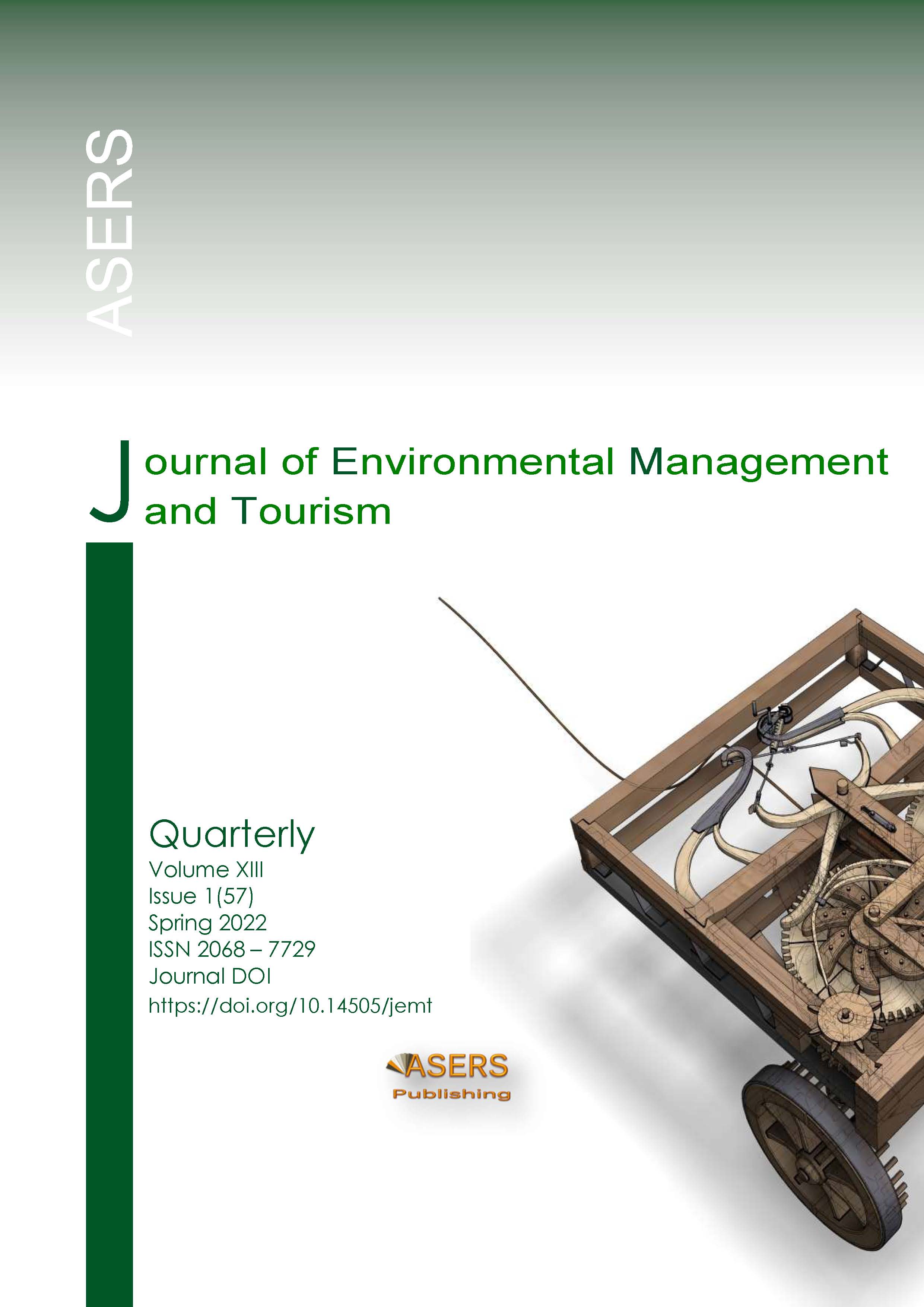Information Accessibility of Restaurant Companies in Moravian-Silesian Region
Information Accessibility of Restaurant Companies in Moravian-Silesian Region
Author(s): Milena Botlíková, Josef Botlík, Jana StuchlíkováSubject(s): Economy, Health and medicine and law, Tourism, ICT Information and Communications Technologies
Published by: ASERS Publishing
Keywords: gastronomy; Moravian-Silesian region; informational; web; accessibility; specific groups;
Summary/Abstract: The literature agrees that the most affected sector during the COVID 19 pandemic was tourism. The period of pandemics associated with social distance has completely transformed the hotel and catering business. Covid 19 has launched new trends in the provision of catering services. Many restaurants have changed their product offerings, focusing on fast food. The stone establishments became online establishments with the virtual operation of the restaurant. Information accessibility has become one of the key success factors and competitive advantages of companies in the restaurant equipment segments. The article deals with the analysis and evaluation of the current state of information accessibility of restaurant facilities in the Moravian-Silesian Region in the context of specific groups. Within this analysis, persons with visual problems, which include not only the visually impaired but also the elderly, were found for a specific group. The analysis was based on the observation of 276 restaurant facilities in the Moravian-Silesian Region and the subsequent classification of individual entities based on clustering into classes. The selection of information accessibility factors was based on a search of literature and sources. From the point of view of a specific group, it is the contrast of fonts, alternative texts and other elements of barriers, etc. In conclusion, it can be assessed that restaurants in the region use web applications, but there are still barriers for a specific group. Like many other industries, the tourism segments had been affected by information technology. Today, customers commonly use the Internet to search for destinations and to book accommodation services. Portals for import services (pizza delivery, etc.) are now also used in gastronomic services. The time of covid strengthened this trend even more. As a result of the complete closure of restaurants and restaurants in hotel facilities, companies have had to launch new approaches to service delivery, in particular focusing on their product import services, which are, however, based on the Internet applications. At present, the key factor in purchasing decisions is the accessibility of the company's website, i.e. Web presentation for all specific groups. In covid times, web tools have become an element from the point of view of restaurant-customer interaction. The individual tools applied to the creation of corporate websites offer shopping for people with special needs without the presence of assistants, which increases the personal self-sufficiency of these people. According to Castiglioni and Gaj (2020), it is necessary for people (and businesses) to radically change their approach to life and adapt to security conditions after the outbreak of Covid 19 in many countries, services that would otherwise be unattainable at the time of the lockdown. Websites of tourism enterprises (accommodation and catering services, cultural heritage goals) significantly belong to the competitiveness of the destination (Kourtesopoulou, et al., 2020; Luna-Nevarez, Hyman, 2012), which is a means of transport to the destination and improve the quality of life of the population.
Journal: Journal of Environmental Management and Tourism (JEMT)
- Issue Year: XIII/2022
- Issue No: 1(57)
- Page Range: 242-251
- Page Count: 10
- Language: English
- Content File-PDF

